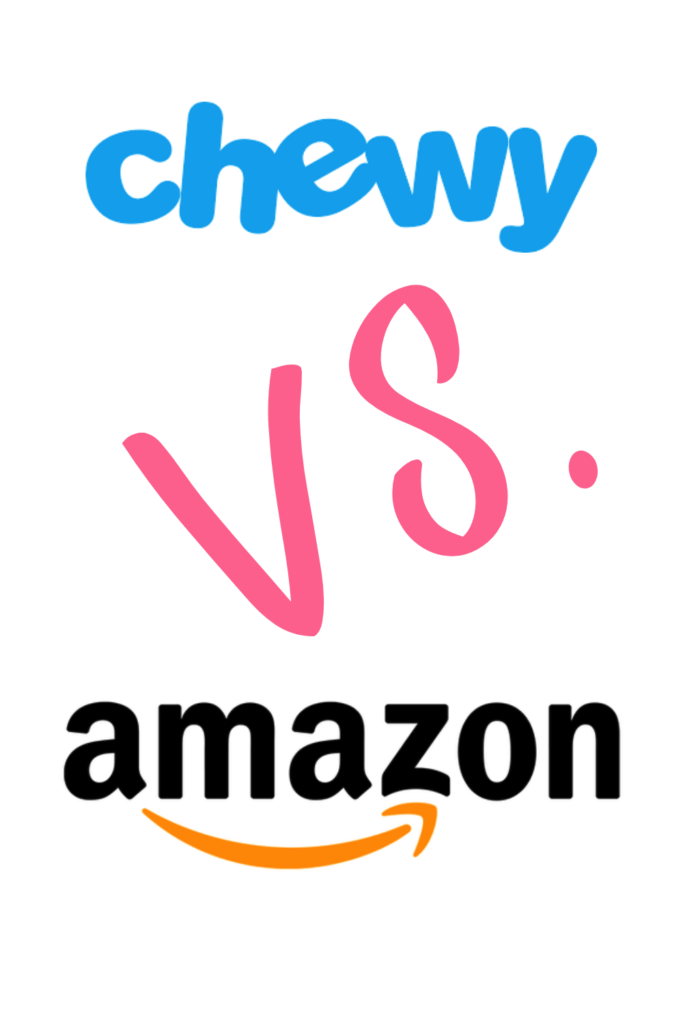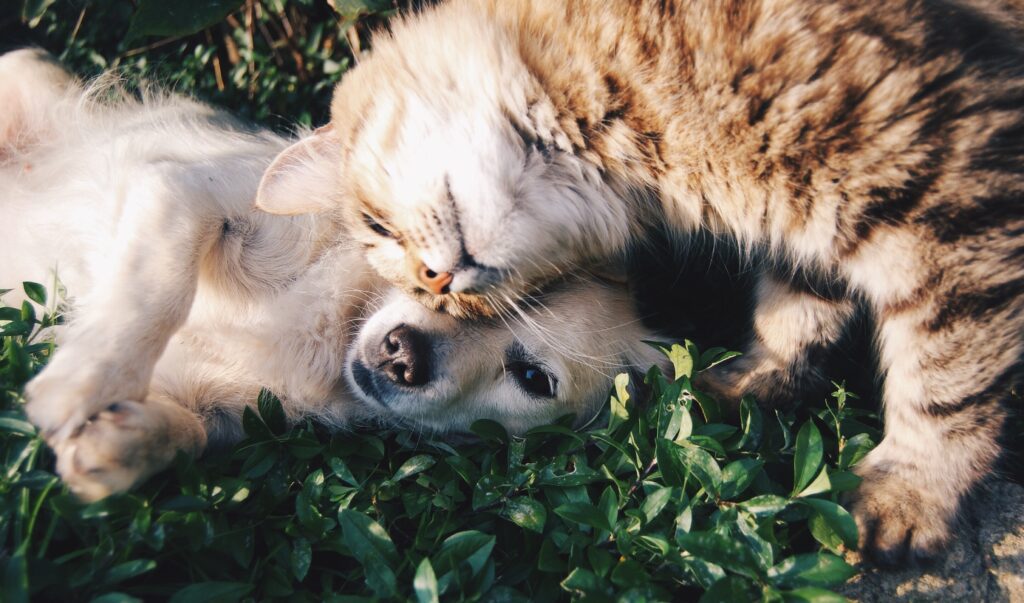Sustainability in the Pet Food Industry

There is an increased awareness on customers to purchase pet food that use sustainable products and practices
In the early 21st century, the concept of sustainability has grown more popular. Businesses and whole industries are looking for ways to use eco-friendly products and practices in their work, and so are people who want to do the same in their daily lives.
Sustainability has been adopted by certain industries, but it has yet to take hold in others. Eco-friendliness is becoming more popular in a variety of industries, including pet care.
Pet care product manufacturers are increasingly concerned about issues like sustainability and environmental friendliness. The concept of “going green” has spread to every business, and pet goods are no different.
In addition, many pet owners are concerned about the quality of their dogs’ diets and the sustainability of the items they purchase. To stay competitive and fulfil the demands of their customers, pet product manufacturers must meet this need.
The environmental impact of the pet food industry
In the future decades, the environmental effects of the pet food business will rise. This is because as the world’s population grows, so will the number of pets. If there is no change in pet ownership, there will be more pets in existence.
Pet food consumption will surely rise in the coming decades due to an increase in the global population. The demand for pet care products is on the rise, and the industry must find a way to meet it while simultaneously ensuring that its operations are environmentally friendly. In response to this growth, manufacturers are using more environmentally friendly methods to make sure it doesn’t hurt the environment.
The pet food business is expected to increase at a pace of 4.85 % every year, according to an industry assessment. As a result of this expansion, the market will go from $79.49 billion to $107.49 billion in market value.
The environmental effect of pet food is just as severe as that of human food systems. In the pet food market, human-grade ingredients are prioritised. Sustainability problems affect the pet food business the same way they affect the food business for people.
Costly resources like land, water, and feed are depleted when they are used for agriculture.
Also, most pet food factories are powered by fossil fuels, which contributes to carbon emissions, air pollution, and global warming.
The carbon footprint of pet food in the United States is estimated to be 64 million tonnes per year, according to a 2017 study (the equivalent of running roughly 16 coal-fired power plants for a year). When it comes to pet food, ingredient supply chains are becoming a huge problem. 65% of the world’s nitrous oxide is produced by the meat industry, and this gas has a far bigger influence on global warming than carbon dioxide.
In the future, what do customers expect?
As a result, customers are demanding more transparency and environmental stewardship from businesses. People will soon expect more disclosure about the environmental effects of their dogs, just as they do for themselves. They should be made to focus more on environmental and social responsibility in the years to come.
Pet owners are concerned about the impact of their purchases on future generations. An upcycled product is made from resources that would otherwise be thrown away. Upcycling is what you did in elementary school when you built a birdhouse out of a milk carton. In the food industry, parts of animal or human food that are thrown away or not used enough are used for something else.
Sustainable Ingredients
In both the short and long term, the use of sustainable components in pet food may contribute to its environmental friendliness.
Sustainable ingredients are used by food producers that are concerned about the environment. Other harmful things, like carbon emissions and the use of limited resources, are also limited by these rules.
Protecting ecosystems and biodiversity in the locations where ingredients are obtained is an important part of reducing their detrimental influence on the environment. One way to ensure sustainability when a firm buys its materials locally is to make sure the local economy isn’t harmed. For example, people who harvest or prepare the materials should be paid fairly and have good working conditions.
Food makers are using more alternative protein sources, like plants and insects, because they are better for the environment.
Other firms are taking measures to verify that their components are sourced from farms and processors that use fair labour standards.
The pet food business, as well as other companies, are always striving to improve their procedures and products.
Sustainably produced ingredients are those whose production and distribution are considerate of the natural environment and of the people who work in them.
Integrating Sustainable Sourcing into Pet Food Production
Based on this definition, how can food producers make sure that the ingredients they use are sustainable?
There are supply chains out there that don’t use child labour, poor working conditions, or unequal pay to acquire their components.
• Nutrition is more important to animals than individual substances. Sustainable food production may be improved by the use of non-traditional products to supply a variety of nutrients, particularly protein. Some examples of these sources include fish, insects, and organ meat from animals that people normally avoid eating.
For the sake of their goods, manufacturers should explore incorporating more plant protein. Ingredients like soybeans, for example, may be found in pet food. Why is soy better for the environment? Plant protein production has a lower environmental impact than animal protein production.
• Feeding pets safe vegetables should be the norm. Contrary to what most people think, some vegetable products are good sources of nutrients for both cats and dogs.
What the Pet Food Industry Can Expect From Sustainability in the Future
Responsible sourcing certifications like GAP and MSC, environmentally friendly packaging, and upcycling are all contemporary concepts that have made their way into the pet industry from the human one.
Manufacturers of pet food can use these certificates to show customers that their food is made with healthy ingredients and is handled carefully.
Recycle Packaging to Help the Environment
Mars Petcare plans to switch from shrink-film to cardboard packaging throughout its entire pet food line in the UK by 2025, a step toward the company’s aim of 100% recyclable packaging. Companies in the packaging industry must look for ways to limit their use of plastic or join with recycling programmes like The Flex Forward Project if they are to make headway.
Other Facets of Long-Term Sustainability
Reduce the amount of plastic used in the production of toys and other accessories.
Pet toys are still in their infancy. Plastic is often used in dog toys, which is bad for dogs’ health and bad for the environment. Natural rubber, on the other hand, is more environmentally friendly since it does not need any deforestation in the manufacturing process, simply the sap of rubber trees (latex). It’s important to keep in mind the surroundings and the health of your pet when choosing a food source. Hemp ropes, for example, are a terrific choice since they do not contain any chemicals and are manufactured from natural materials that are not sprayed with pesticides.

Use as many natural resources and by-products as possible.
Increasing one’s environmental stewardship may take several forms. Even our natural surroundings can be used to their fullest potential in many ways.
Certain products may contain bamboo and rice husk, two less common but equally beneficial to the environment components. Bamboo takes in carbon dioxide and gives off more oxygen than trees, while rice husk breaks down into fertilizer.



